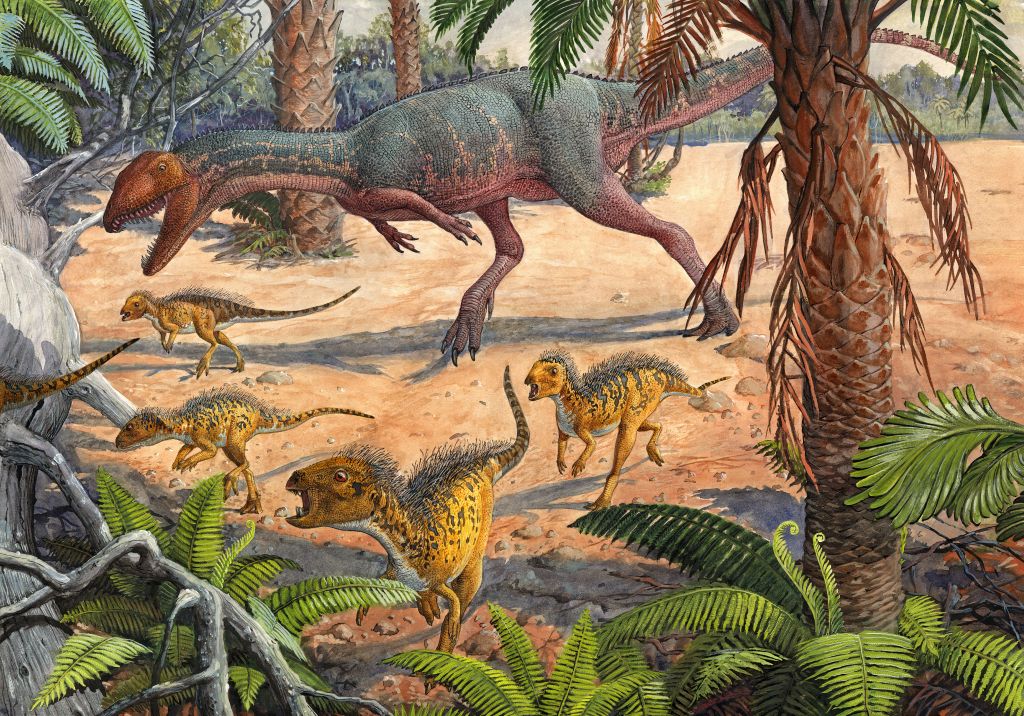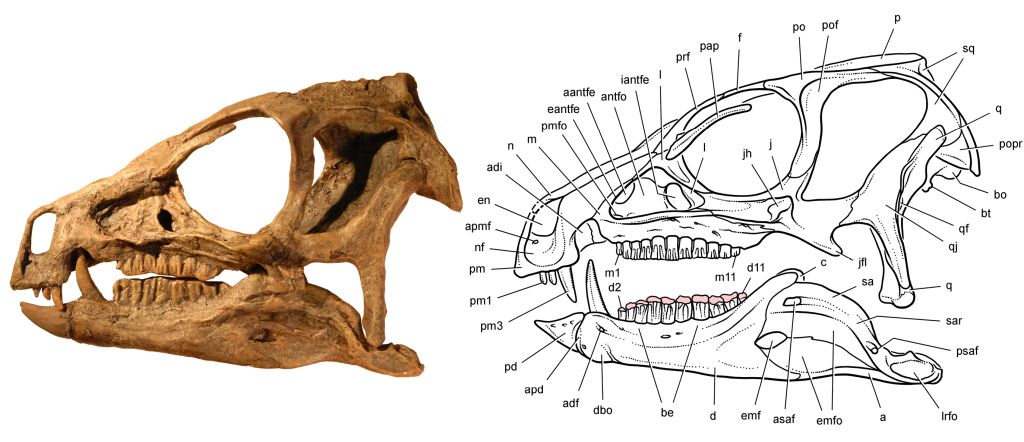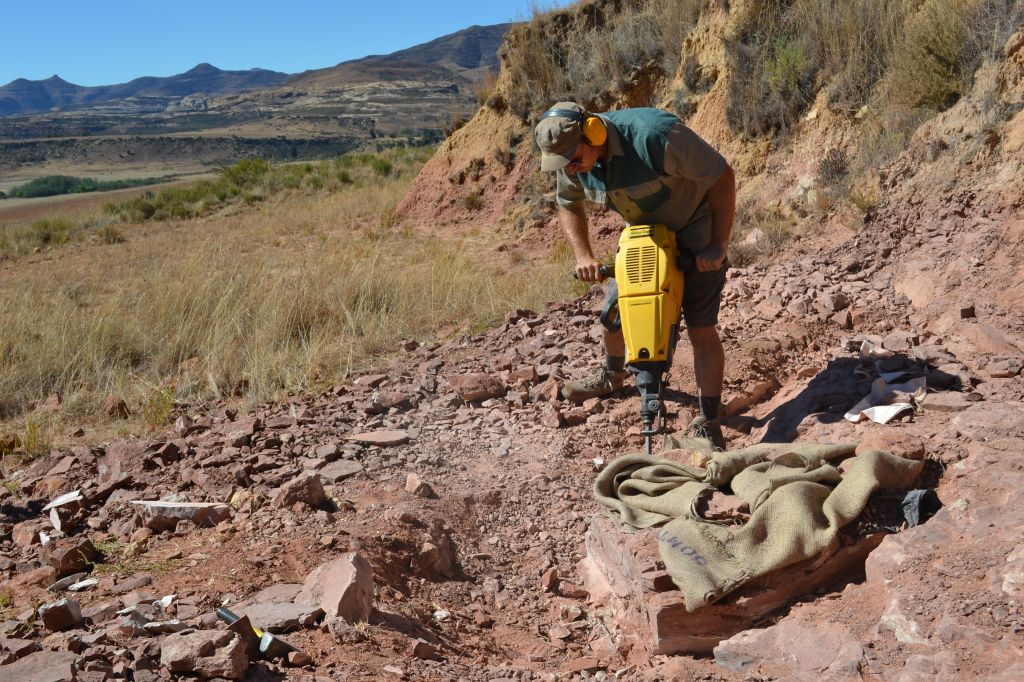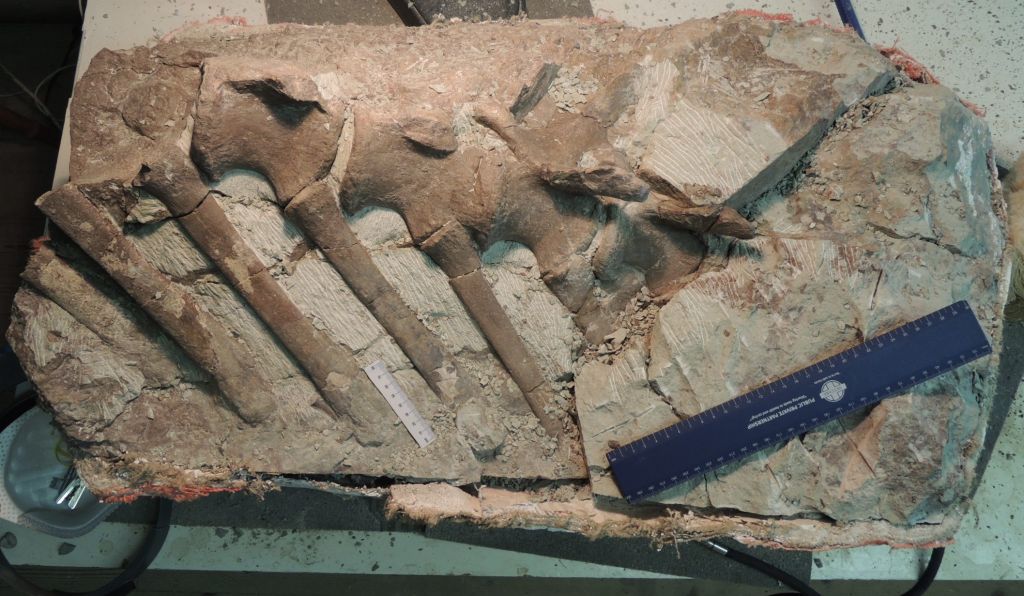Maropeng opens new temporary exhibition: Dinosaurs of the Veld
Maropeng is proud to announce the launch of a new temporary exhibition, Dinosaurs of the Veld: Meet South Africa’s Ruling Reptiles, in its brand-new exhibition space.

Dinosaurs of the Veld offers insight into the much larger group of animals to which dinosaurs once belonged and which lived in South Africa approximately 250-million years ago. This group, known as archosaurs (which means “ruling reptiles”), includes ancient reptiles, crocodiles, dinosaurs and birds. South Africa has many fossils of each of these incredible beasts – fossils that visitors to Maropeng are now at liberty to see.
“Many people locally and worldwide know about South Africa's hominin fossil record,” says Kimberley Chapelle, palaeontology PhD candidate at the Evolutionary Studies Institute at the University of the Witwatersrand and the brains behind this exhibition. “However, very few people know about how rich South Africa's fossil record is with regard to other groups of animals, including dinosaurs.”

Dinosaurs can be divided into three major groups: sauropodomorpha, ornithischia and theropoda. Sauropodomorpha were famous for their long necks, tiny heads and elephantine limbs (yes, Brontosaurus belonged to this group) and South Africa was home to the iconic Massospondylus carinatus, which will take centre stage at the exhibition.
When it comes to ornithischia dinosaurs, South Africa had several early members of this group, including Lesothosaurus and Heterodontosaurus. Both were relatively small animals, weighing less than a medium-sized dog.
Finally, footprints of Southern Africa’s theropods can be found at certain points along South Africa’s border with Lesotho, and scientists now know that today’s birds all descended from theropod dinosaurs about 150-million years ago.
Visitors to Dinosaurs of the Veld will learn about the palaeontological process involved in unearthing these incredible fossils from the rock and sediment that held them captive for so long. They will also see wonderful fossils of these creatures, and learn about their existence and demise.
“This exhibit aims to showcase some of South Africa's best archosaur fossils, as well as where and how scientists find them. Visitors will be able to see many specimens, including the ancient reptile known as Erythrosuchus; the largest plant-eating dinosaur ever found in the country known as the Highlant Giant; and even baby dinosaurs still in their eggs,” says Chapelle.
“Life-size representations of these different animals will also give people an idea of how impressive and diverse these 200-million-year-old animals were. It's like our very own little Jurassic Park,” she adds.
Says Maropeng curator Lindsay Marshall, “It is only when you stand next to them that you will appreciate how big these beasts were.”

Dinosaurs of the Veld is on loan from the Evolutionary Studies Institute and the Albany Museum in Grahamstown. It will be open to the public from Thursday 8 December 2016 in Maropeng’s brand-new, state-of-the-art exhibition space, The Gallery.
“Maropeng, situated in the Cradle of Humankind World Heritage Site, is the ideal location to display these proudly South African specimens,” says Marshall.

Entrance to the exhibition is included in the normal Maropeng ticket price or combined ticket price for Maropeng and the Sterkfontein Caves. Get your tickets today on Webtickets.